
Ingredient
Parsley
The Versatile Herb
Parsley is a leafy herb with vibrant green leaves and a mild, slightly peppery flavor. It is commonly used as a garnish, but it also adds a refreshing taste and aroma to soups, salads, sauces, and marinades. Parsley is a staple in Mediterranean and Middle Eastern cuisines.
Origins and history
Parsley is native to the Mediterranean region and has been cultivated for over 2,000 years. It was highly regarded by the ancient Greeks and Romans for its medicinal properties and was often used as a symbol of victory and celebration. Today, parsley is widely cultivated and used in various culinary traditions around the world.
Nutritional information
Parsley is low in calories and a good source of vitamins A, C, and K. It also contains antioxidants and minerals like iron and calcium. The herb is known for its high chlorophyll content, which may have detoxifying properties.
Allergens
There are no known allergens associated with parsley.
How to select
When selecting parsley, look for bunches with vibrant green leaves that are crisp and free from wilting or yellowing. Avoid bunches with slimy or discolored stems. Fresh parsley should have a fresh, clean aroma.
Storage recommendations
To store parsley, trim the stems and place the bunch in a glass of water, covering the leaves with a plastic bag. Store it in the refrigerator, changing the water every few days. Alternatively, you can wrap the parsley in a damp paper towel and place it in a plastic bag in the refrigerator. Properly stored, parsley can stay fresh for up to two weeks.
How to produce
Parsley can be easily grown in containers or in the ground. It prefers well-drained soil and partial to full sun. Regular watering and occasional fertilization can help promote healthy growth. Harvest the outer leaves as needed to encourage continuous growth.
Preparation tips
Parsley can be used in a variety of dishes and cuisines. It is commonly used as a garnish for its vibrant color and fresh aroma. It can also be added to salads, soups, stews, sauces, and marinades. Parsley pairs well with garlic, lemon, and olive oil, enhancing the flavors of Mediterranean and Middle Eastern dishes.
Availability
Parsley is widely available and cultivated in many regions around the world. It is commonly found in Mediterranean, Middle Eastern, and European cuisines.
More ingredients from this category
Recipes using Parsley » Browse all

Parzybroda - Polish Sauerkraut and Sausage Soup
Hearty Polish Comfort: Parzybroda - A Flavorful Sauerkraut and Sausage Soup
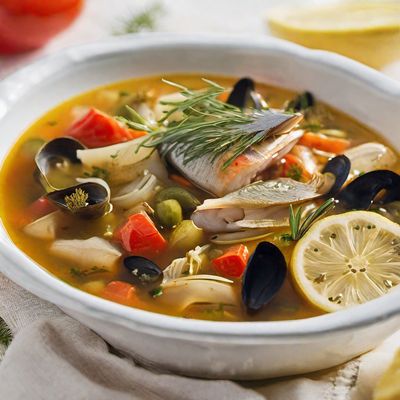
Classic Bouillabaisse
Marseille's Seafood Delight: A Traditional Bouillabaisse Recipe

Bagnet Verd with Herb-infused Tomato Sauce
Crispy Herb-infused Pork Belly with Tangy Tomato Sauce
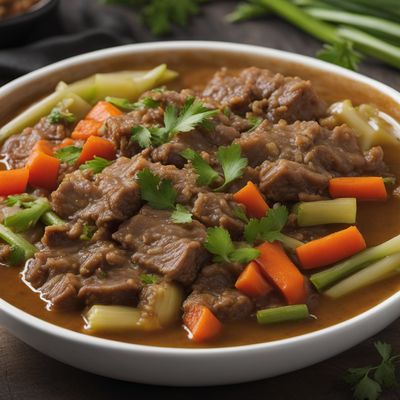
Carmarthenshire-style Flaczki with Pulpetami
Welsh Twist on Polish Flaczki: Hearty Carmarthenshire-style Tripe Stew with Meatballs
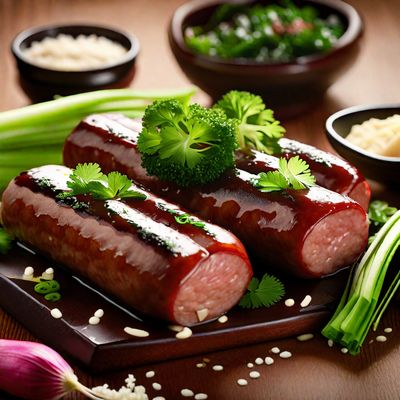
Bangers and Mash with a Japanese Twist
Sakura Sausages and Miso Mash
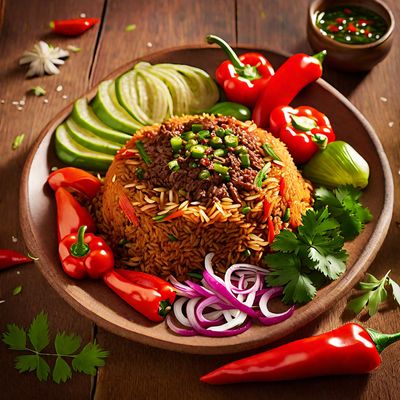
Nasi Goreng Adapted to Argentinian Cuisine
Argentinian-Inspired Nasi Goreng: A Fusion of Flavors

Homemade Spinach and Feta Gözleme
Savory Turkish Stuffed Flatbread: A Delightful Spinach and Feta Treat

Tirenia-inspired Stuffed Cabbage Rolls
Savory Cabbage Delight: Eastern European Stuffed Cabbage Rolls

Tagliatelle al ragù alla Bolognese
Brazilian-style Tagliatelle with Bolognese Sauce

Estonian-inspired Apple and Beetroot Salad
Beetroot and Apple Delight: A Vibrant Estonian Salad
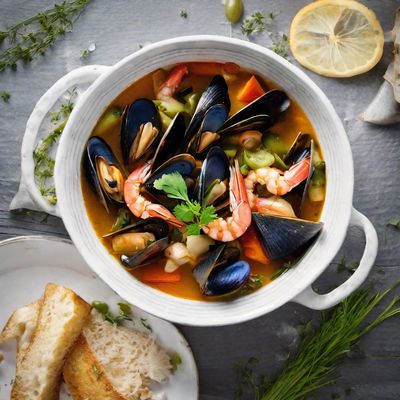
Dutch-style Bouillabaisse
Dutch Delight: Hearty Bouillabaisse with a Twist

Vegan Tapas
Plant-Based Spanish Delights: Vegan Tapas